Revising the Record: The Evolution of Describing Boarding School Collections
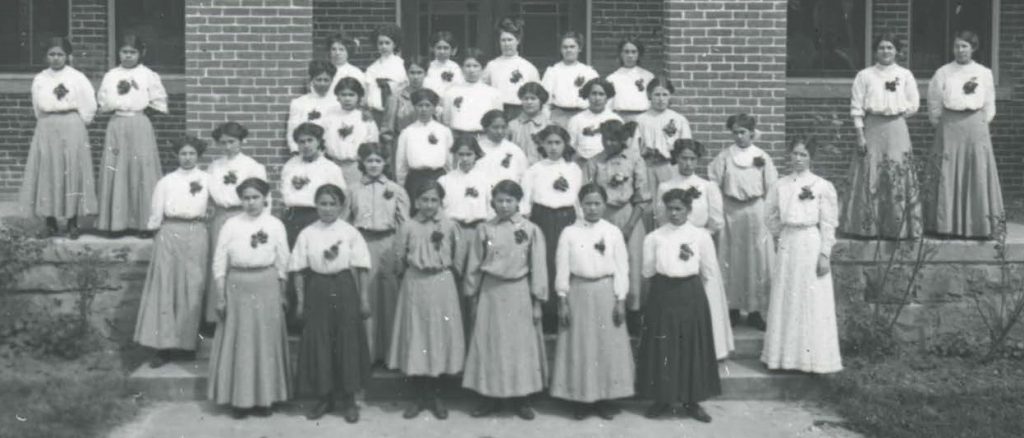
The young women in the faded photograph from 1909 all wore the fashion of the day: White or light tucked-in blouses with long sleeves, high collars, and identical, unidentifiable adornments pinned to the fronts. Skirts hung to the midcalf, ankles, or the ground. Hair curled into elaborate styles on the sides, then was pulled back, tidily pinned away from the face.
These were members of the Chemawa Indian Training School literary society. Native American students made up most of the group, looking like the Gibson Girl ideal popular in the early 20th century. None of the women smiled, not unusual considering the social stigma attached to smiling in photographs at that time. But looking closer, the students’ eyes and expressions communicated pain, anger, mistrust, and trauma, living on forever in the photograph taken by the school’s superintendent.
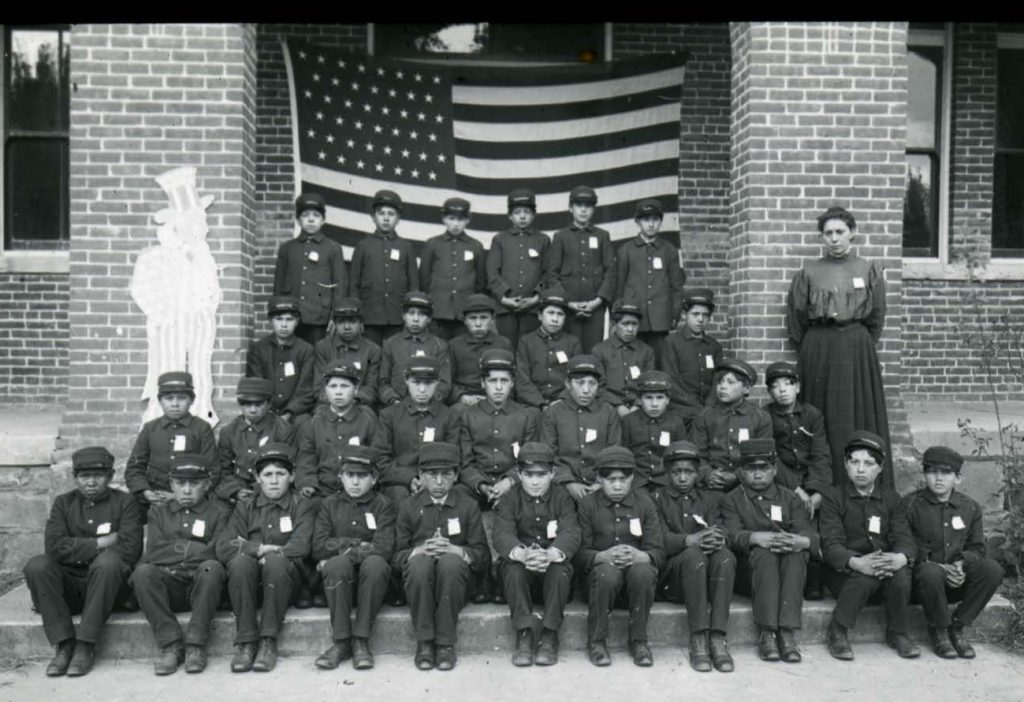
Today, this photo and 165 others are part of the WSU Libraries’ Chalcraft-Pickering Photographs 1862-1941 Collection, physically housed in Manuscripts, Archives, and Special Collections (MASC). Staff digitized 15 photos and uploaded them to the Plateau Peoples’ Web Portal, where participating tribal partners co-curate digital materials to include traditional knowledge and cultural narratives to better reflect the historical record.
“The purpose of the schools was to teach the Indian children how to appear and act more like a white person,” noted Vivian Adams of the Yakama Nation in a tribal notation to the Chemawa literary society photo. “Their manner of dress changed from hides to cotton [to] be proper, they would learn how to speak English and only English, and their classes were created in consideration to the jobs they would hold as adults. With this newly learned lifestyle, Indian children would become the civilized Indians leading their families into becoming acceptable enough to be deemed recognized citizens of the United States.”
Incorporating boarding school history in collection finding aids
WSU Libraries acquired the Chalcraft-Pickering photographs in 1986 from Florian Shasky, a dealer in out-of-print books and manuscript materials. In addition to family portraits, the collection contained 166 glass lantern slides, assumed to be the work of Edwin L. Chalcraft, superintendent at Chemawa Indian Training School near Salem, Oregon, in 1894-1895 and again in 1904-1911. Chalcraft documented classroom scenes, sports, music, and work activities of the Native American students.
This year, MASC Interim Head Lotus Norton-Wisla and Manuscripts Librarian Will Gregg resumed a “reparative description” project started by the previous manuscripts librarian, Gayle O’Hara, Digital Collections Librarian Talea Anderson, and a working group to review several finding aids, or collection records, on MASC Native American boarding school collections, including the Chalcraft-Pickering photos. The Society of American Archivists Dictionary defines reparative description as “remediation of practices or data that exclude, silence, harm, or mischaracterize marginalized people in the data created or used by archivists to identify or characterize archival resources.”
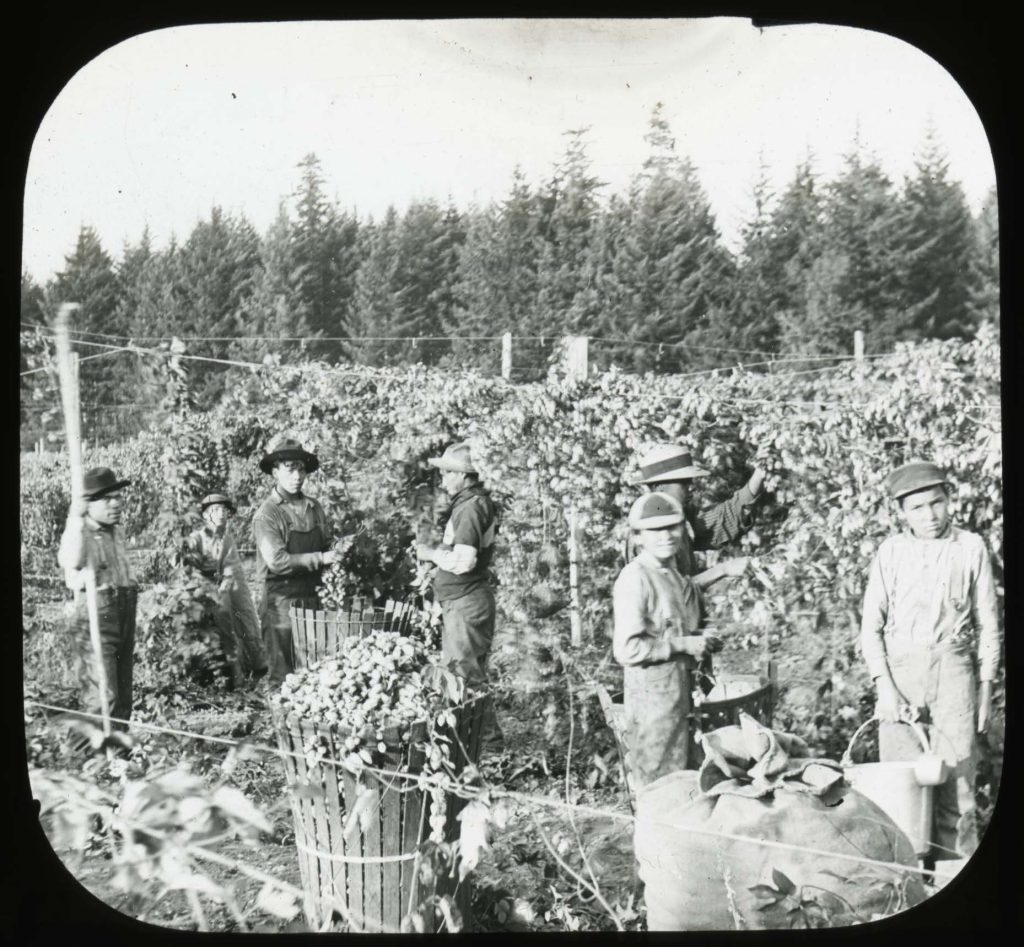
O’Hara created an Acknowledgment of Bias and Harmful Content recognizing that some materials in MASC collections may be offensive or harmful, containing racist, sexist, Eurocentric, ableist, or homophobic language or depictions. The acknowledgment also states that MASC staff members are making efforts to update finding aids with offensive content.
Norton-Wisla said tribal archives and libraries and Indigenous activists and scholars have been leading efforts towards truth-telling and reconciliation about Native American boarding schools in the United States and residential schools in Canada. The National Native American Boarding School Healing Coalition has been very active in multiple directions. Some archives-specific projects include creating a National Indian Boarding School Digital Archive and going onsite at repositories to digitize records.
For the Chalcraft-Pickering Collection, Norton-Wisla and Gregg revised a biographical note about the Chemawa superintendent and photographer to be more accurate and added the following historical note:
Between 1819 and 1969, the United States operated boarding and day schools which directly targeted American Indian, Alaska Native, and Native Hawaiian children in a policy of cultural assimilation which coincided with the taking of Indigenous peoples’ territories. In schools operated by the federal government and churches, children were often forcibly removed from their families, forced to change their names, and forbidden from speaking their languages and practicing their traditions. Many children died while in the custody of these schools from infectious diseases; many suffered physical, emotional, sexual, and spiritual abuse; many children never returned home and the government and churches that ran these schools did not inform their families of what happened to them. For more information, please see the National Native American Boarding School Healing Coalition and the Federal Indian Boarding School Initiative.
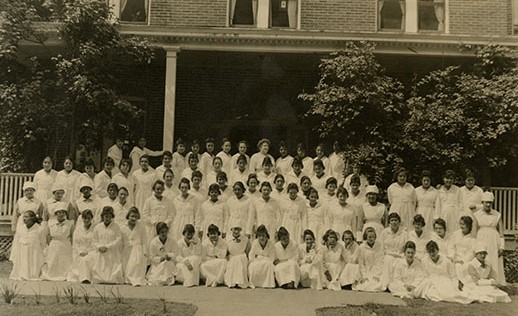
“In non-Indigenous archives and libraries, we should do our best to provide access to records in our collections that relate to Native American boarding schools and work alongside Native nations and organizations in their efforts to find and share information with their communities,” Norton-Wisla said. “We should be aware of the trauma that is ongoing because of Native American boarding schools and colonization. In any work that we do in MASC related to Native American collections, we should always recenter in the work of ‘building relationships of mutual respect’ as outlined in the Protocols for Native American Archival Materials.”
“It is important that our collection finding aids be written with accurate information and a nuanced perspective for a number of reasons,” Gregg added. “Detailed, accurate finding aids help researchers locate records that might be crucial for understanding the history they are exploring. Finding aids often form a person’s first impression of an archival collection, and so it is also important that archivists maintain an awareness of current events and iteratively update collection finding aids to provide appropriate context as our understanding of history evolves. Finding aids are not permanent and are intended to be updated as archivists spend more time researching collections and new perspectives emerge.”
‘It’s a sin on our soul’
On Oct. 25 at the Gila River Indian Community in Arizona, President Joe Biden formally apologized for the U.S. government’s actions during the federal Indian boarding school policy’s 150-year history. He was the first sitting president to issue an apology to the Native peoples—Native Americans, Native Hawaiians, Native Alaskans—enrolled at the boarding schools.
“Tens of thousands of Native children entered the system. Nearly 1,000 documented Native child deaths, though the real number is likely to be much, much higher; lost generations, culture, and language; lost trust,” Biden said. “It’s horribly, horribly wrong. It’s a sin on our soul.”
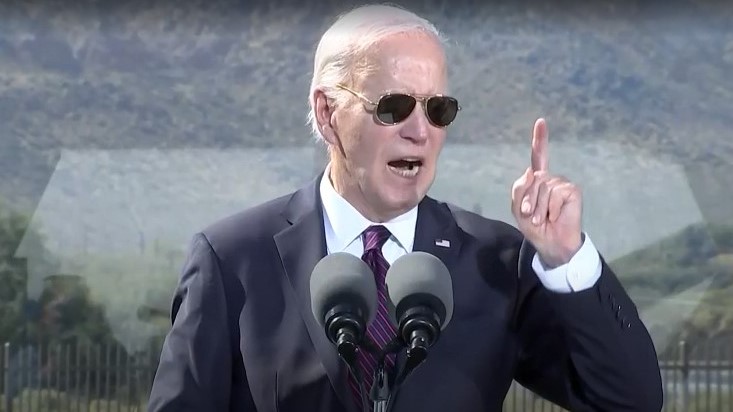
The federal Indian boarding school policy and the pain it has caused received virtually no public attention, are not written about in history books, and are not taught in schools, the president said.
“For those who went through this period, it was too painful to speak of. For our nation, it was too shameful to acknowledge. But just because history is silent doesn’t mean it didn’t take place. It did take place,” Biden said. “While darkness can hide much, it erases nothing…Some injustices are heinous, horrific, and grievous. They can’t be buried, no matter how hard people try. As I’ve said throughout my presidency, we must know the good, the bad, the truth of who we are as a nation. That’s what great nations do.”
The president’s official apology was one of the recommendations made in a final investigative report released by the U.S. Department of the Interior as part of the Federal Indian Boarding School Initiative, which Secretary Deb Haaland launched in June 2021.
The final report updates the official list of federal Indian boarding schools and maps to include 417 institutions across 37 states or then-territories. It confirms that at least 973 American Indian, Alaska Native, and Native Hawaiian children died while attending federally operated or supported schools and identifies at least 74 marked and unmarked burial sites at 65 different school sites. It’s estimated that the U.S. government made appropriations available of more than $23.3 billion, in fiscal year 2023 inflation-adjusted dollars, between 1871 and 1969 for the federal Indian boarding school system as well as other similar institutions and associated assimilation policies.
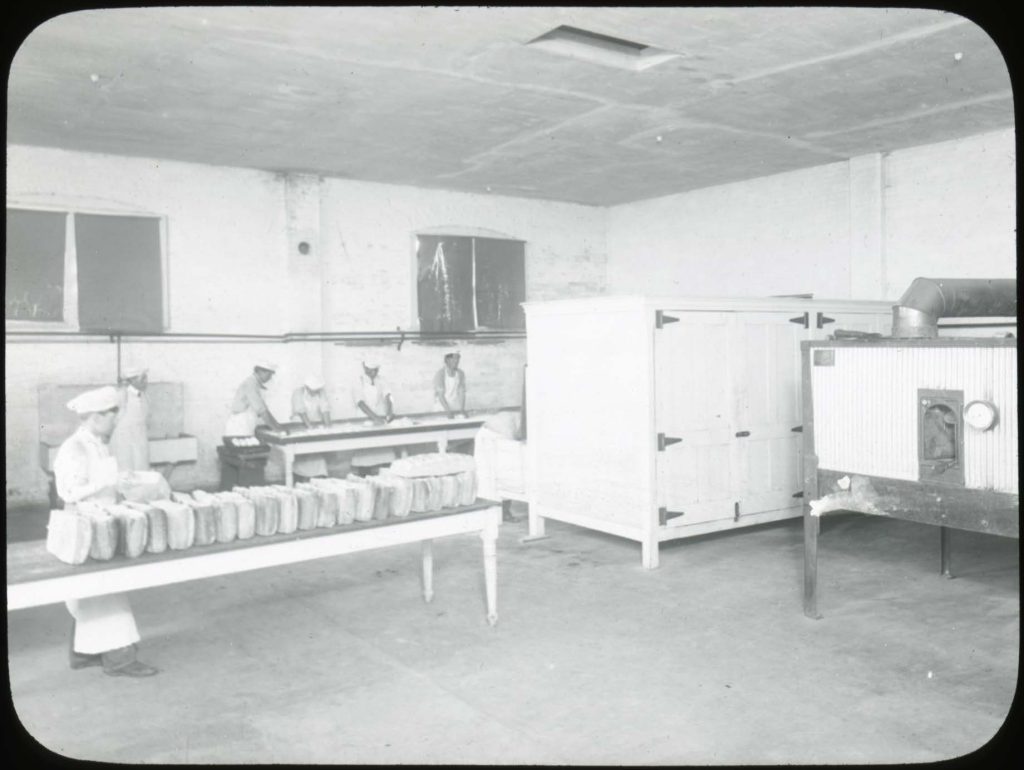
Gregg said one positive consequence of public statements like the president’s apology in relation to archives might be to bring attention to the importance of actively curating and managing historical records.
MASC staff members are working on efforts to better understand the scope of Native American collections in the department, and which collections are most relevant to specific Native nations, so they can better assist researchers interested in Native American history, Norton-Wisla said.
“One thing I could say is that the historical record—documentation and stories that exist because of boarding schools—has been there the whole time,” Gregg said. “What has changed is the way this information is being shared and the public’s reception of it.”
‘The trauma never goes away’
When Robbie Paul, Nez Perce tribal member and retired director of WSU Native American health sciences in Spokane, first heard about Biden’s apology, she cried. She said it was a good first step in acknowledging the reality of how the government’s boarding school policy devastated and traumatized Native American individuals, families, and tribes, and it “recognized the harms of the sin of this country and the intergenerational harms still felt to this day.”
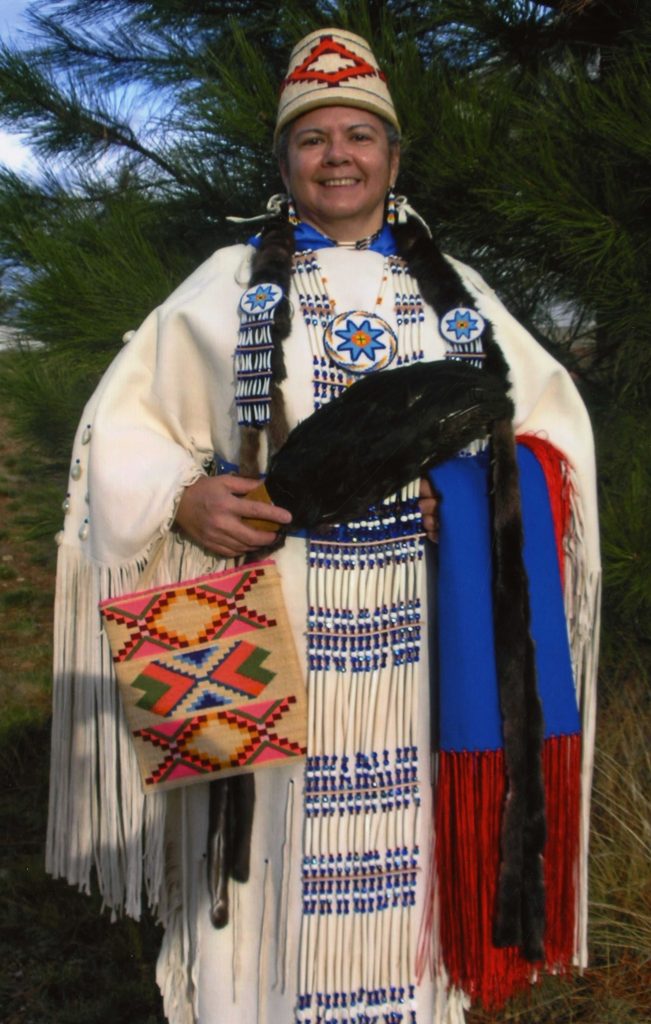
Congress now must follow up the apology by passing the “Truth and Healing Commission on Indian Boarding School Policies Act,” Paul said. The act will establish the commission to tell the truth of Indian boarding school policy; to provide an accounting of the number of children forced to attend these schools, the number of children who were abused, died, or went missing while at these schools, and the long-term impacts on the children and the families of children forced to attend Indian boarding schools; and to bring together boarding school survivors with a broad cross-section of tribal representatives and experts in education, health, and children and families to fully express and understand the impacts of this federal policy.
Paul has amassed one of the most complete family and boarding school histories between 1880-1967. In 2019, Paul curated a MASC exhibit documenting three generations of the Paul family and their experiences in boarding schools. She has also donated a collection of papers, 1996-2014, to MASC, and the Paul Family of the Nez Perce Tribe Collection is housed on the Plateau Peoples’ Web Portal.
Libraries and archives can find ways to aid in healing the trauma of the government’s Native American boarding school policy, Paul said, like consulting with local tribes about the lands they sit on.
“WSU is a land-grant university, so it needs to work with the tribes of Washington state as well as the tribes that border Washington state, because the tribes were here on this land before there were borders,” she said.
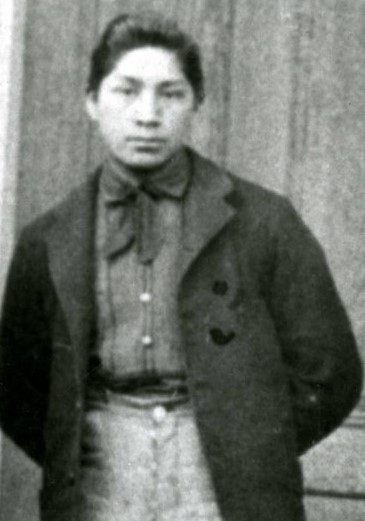
In addition, she suggests actively seeking out stories by Native authors and researchers working to correct the past narrative about Native history, such as stories that denounce the Doctrine of Discovery of 1493, which authorized European powers to conquer the lands of non-Christians. The doctrine led to the belief of Manifest Destiny in the 19th century that American settlers were destined to expand westward across North America, forming the justification for the U.S. government to take the lands and culture from the tribal nations, Paul said.
Finally, libraries and archives can also help with the restoration of diminished First Peoples languages that Native peoples were not allowed to speak. “Our languages help reclaim who we are as a people,” she said.
Paul herself is still healing her own early wounds. In June 1967, Paul went to Haskell Indian Junior College in Lawrence, Kansas, for the summer, which ran in much the same way as her ancestors’ boarding schools. She attended classes but was also assigned work, such as cleaning the floors of the student union building.
“Healing is possible, but it’s a process. The trauma never goes away,” she said. “I’m obeying my ancestors by telling our story. No one person is better than another person. We’re still learning that. We need respect and empathy for each other.
“Can we move forward as a country? Yes, we can,” Paul added. “Telling the story means we’re forgiving, but not forgetting. We still have a memory as a country, and we need to acknowledge that memory so we don’t repeat the past.”